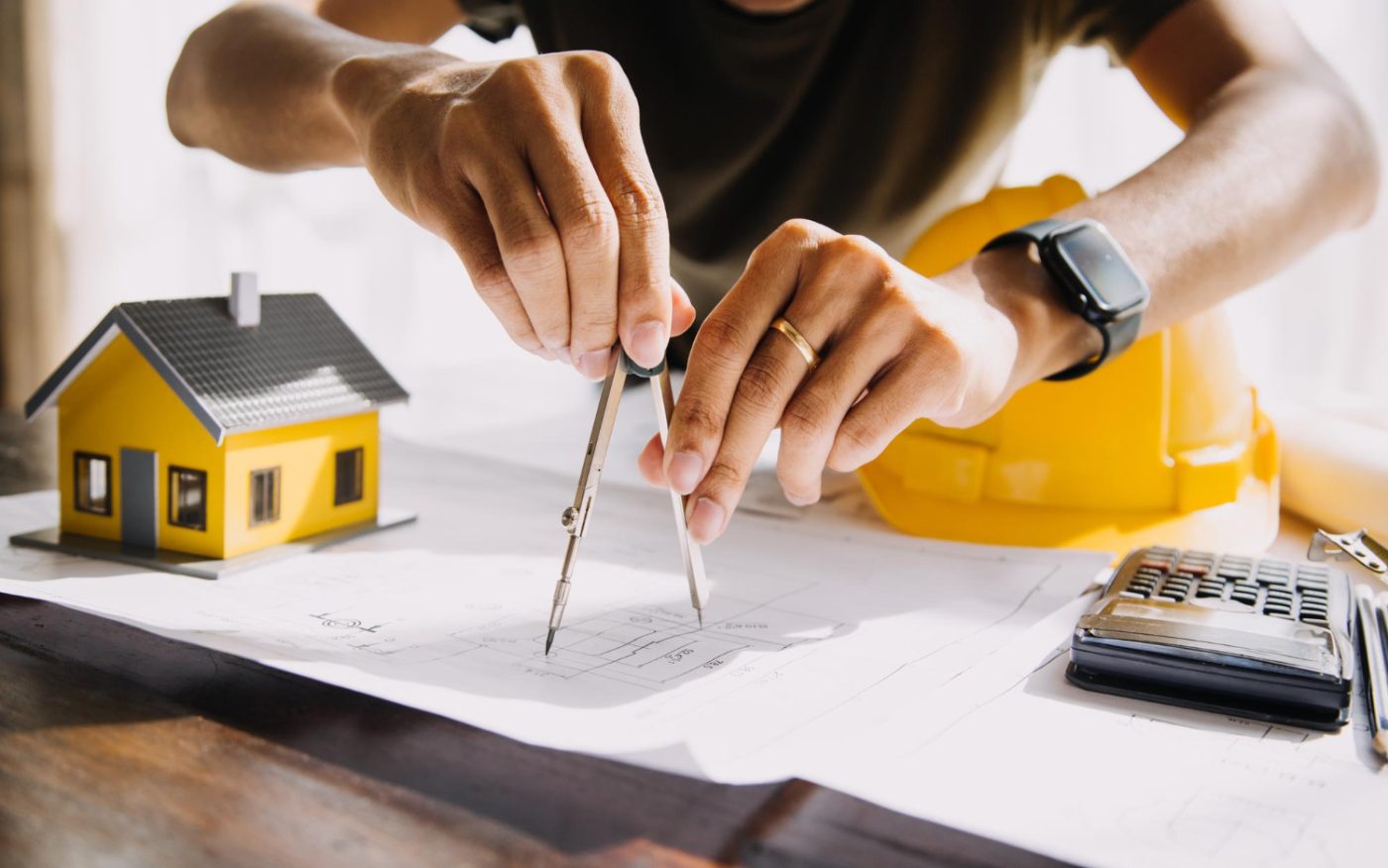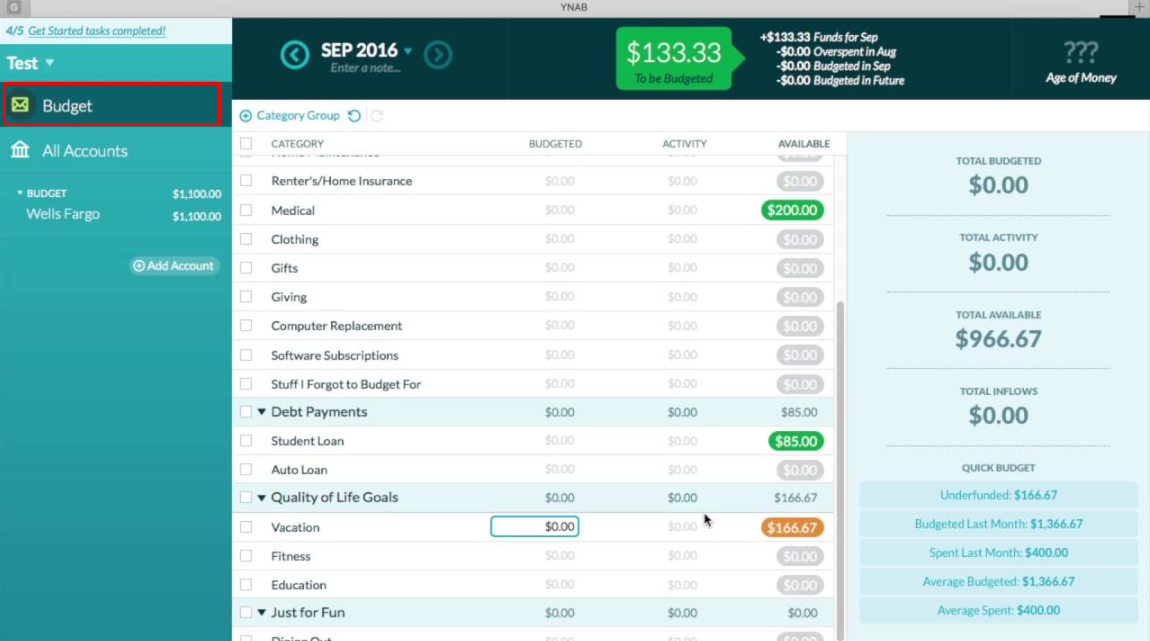Construction loans: How to finance your dream home

Anúncios
Construction loans play a critical role in turning your vision into reality by financing each stage of the construction process.
Building your dream home is an exciting but complex journey that requires careful planning and the right financing options.
Anúncios
This guide covers everything you need to know about construction loans, including how they work, the different types available, their requirements, and how to secure one.
By understanding the details, you’ll be better equipped to navigate this crucial step in building your home.
Anúncios
What are construction loans?
Construction loans are a short-term financing option specifically designed to cover expenses involved in building a house.
Unlike traditional mortgages, which finance the purchase of existing properties, construction loans cover costs such as land acquisition, labor, materials, and permits.
These loans typically last about 12 months and are disbursed in stages as the construction progresses.
Once the house is completed, the loan is often converted into a permanent mortgage, streamlining the transition to long-term homeownership.
How do construction loans work?
Construction loans work differently from traditional mortgages. Instead of receiving a lump sum upfront, borrowers access funds in increments or “draws” based on project milestones.
For example, the first draw might fund the foundation, while subsequent draws cover framing, plumbing, and finishing touches.
Before each disbursement, an inspector or appraiser assesses progress to ensure it aligns with the approved construction plan.
During the construction phase, borrowers typically make interest-only payments on the disbursed amount, reducing their immediate financial burden.
Once construction is completed and the house is deemed habitable, the loan either transitions to a permanent mortgage or is paid off in full.
This phased approach ensures funds are allocated efficiently, maintaining accountability for the project.

What costs are included in construction loans?
Construction loans are comprehensive, covering nearly all expenses associated with building a house.
Typically, the loan includes the cost of purchasing land, hiring contractors, and acquiring materials like concrete, lumber, and plumbing fixtures.
Additionally, it accounts for essential permits and inspection fees, ensuring the project complies with local building regulations.
Another critical component is the contingency reserve, which serves as a financial cushion for unexpected expenses, such as material price hikes or unforeseen delays.
By addressing these diverse costs, construction loans ensure the project remains financially viable and uninterrupted from start to finish.
Construction loans vs. Traditional Mortgages
While both construction loans and traditional mortgages finance homeownership, their purposes and structures differ significantly.
Construction loans are short-term, typically lasting 12 to 18 months, and is used to fund the building phase of a home.
Funds are disbursed incrementally, and borrowers generally pay higher interest rates due to the increased risks for lenders.
In contrast, traditional mortgages are long-term, spanning 15 to 30 years, and are designed to finance existing properties. They involve a one-time disbursement, usually at a lower fixed or variable interest rate.
Many construction loans convert into a traditional mortgage upon home completion, simplifying the transition for homeowners and eliminating the need for multiple loan applications.
Types of construction loans
Choosing the right construction loans depends on your goals and circumstances. There are several options to consider, each tailored to specific needs.
1. Construction-to-Permanent Loan
This type transitions seamlessly from a construction loans to a permanent mortgage once the building is completed.
Borrowers make interest-only payments during construction, and after completion, the loan converts to a long-term mortgage with principal and interest payments.
This option eliminates the need for separate loans, simplifying the process.
2. Construction-Only Loan
A construction-only loan provides funding solely for the building phase. Once the project is complete, borrowers must secure a separate mortgage to pay off the loan.
While this option offers flexibility, it requires careful planning to ensure timely refinancing, as it involves additional closing costs.

3. Renovation Loan
Designed for homeowners looking to improve their current residence, a renovation loan combines the cost of purchasing a home (if applicable) and renovation expenses into one package.
This loan is ideal for significant upgrades, expansions, or modernizations.
4. Owner-Builder Loan
For individuals with construction experience, an owner-builder loan allows them to act as their own general contractors.
However, lenders typically require proof of qualifications, as this approach carries higher risks and demands significant expertise.
5. End Loan
An end loan is a traditional mortgage obtained after the home is completed.
It is used to pay off any construction-related financing and transitions the borrower into long-term homeownership.
What are the requirements for construction loans?
Lenders impose specific requirements to minimize the risks associated with construction loans.
One of the most critical factors is a strong credit score, typically 680 or higher, demonstrating financial responsibility.
Borrowers must also provide proof of stable and sufficient income to reassure lenders of their repayment ability.
A detailed construction plan is another essential requirement. This includes architectural blueprints, a project timeline, and cost estimates prepared by licensed builders or contractors.
Additionally, lenders generally require a substantial down payment, usually 20% to 25%, to offset the loan’s short-term nature and associated risks.
Finally, a low debt-to-income ratio ensures borrowers can manage both existing financial obligations and new loan payments.
How to secure construction loans
Securing a construction loans involves a series of well-defined steps.
The process begins with drafting a comprehensive project plan, including blueprints and a detailed budget.
Collaborating with experienced builders or contractors is essential to create an accurate proposal.
Next, research and approach lenders experienced in construction financing. Compare terms, interest rates, and fees to identify the best option.
During prequalification, gather all necessary financial documents, such as tax returns, bank statements, and proof of income.
Select a lender and submit your application with the finalized construction plan. Upon approval, ensure you have saved for the down payment and understand the lender’s disbursement schedule.
Working closely with your lender and builder throughout the construction phase will ensure a smooth financing process.

Construction loans are a vital resource for turning home-building dreams into reality. From covering land purchases and labor costs to financing materials and permits, these loans provide the financial flexibility needed to complete your project.
By understanding how construction loans work, their requirements, and the various types available, you’ll be well-equipped to navigate this essential step in homeownership.
Ready to take the next step? Explore more resources on our website to guide you through this exciting journey of financing your dream home.
Looking for suggestions? Check out our content explaining how Digital Wallets work!





